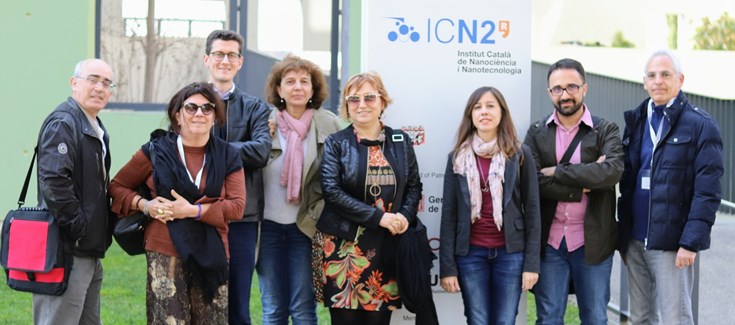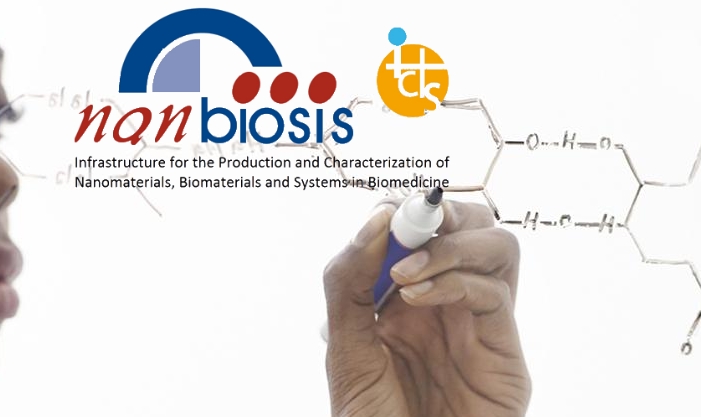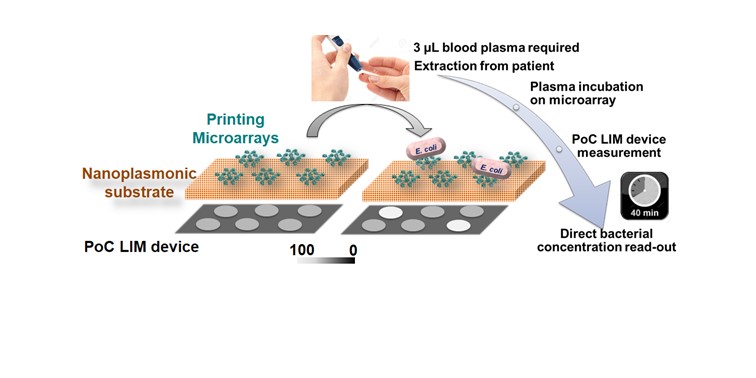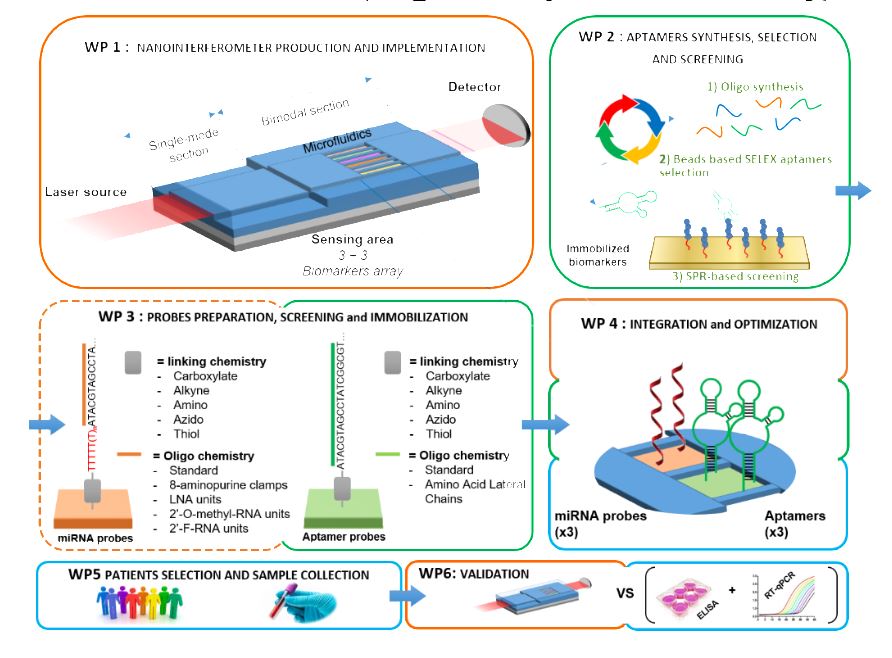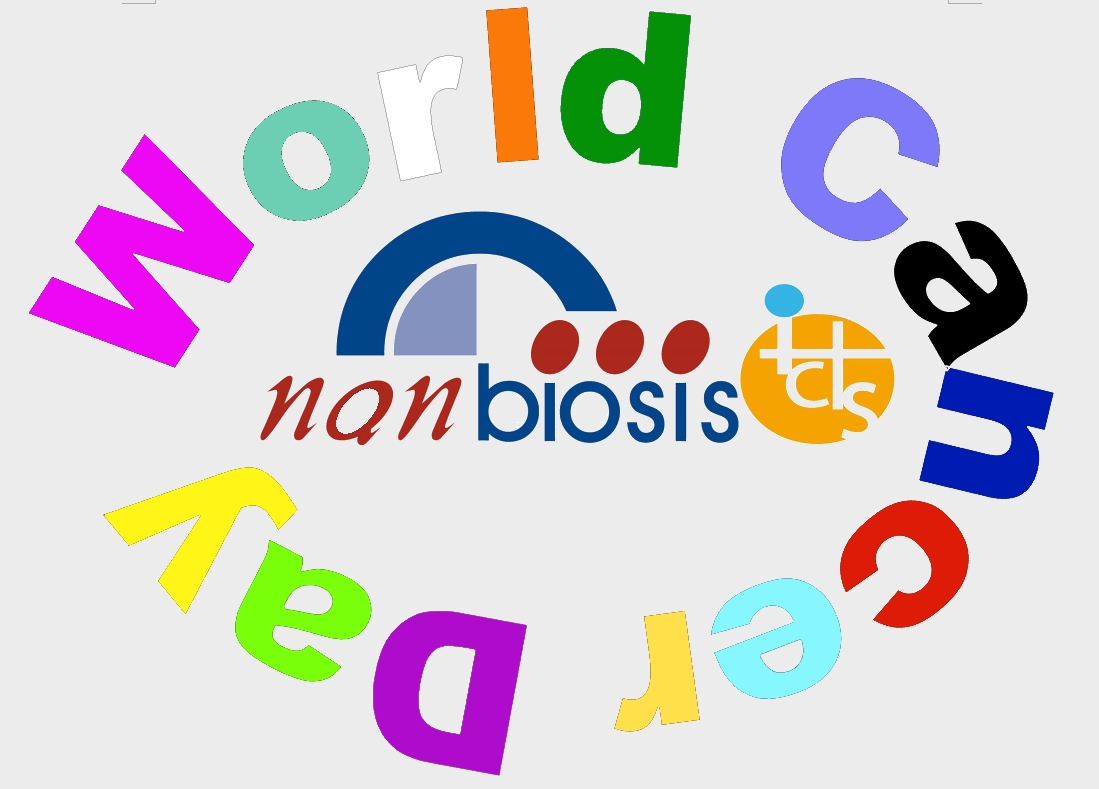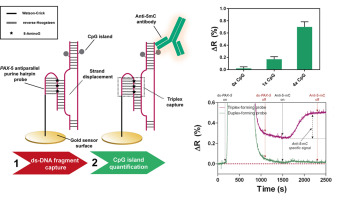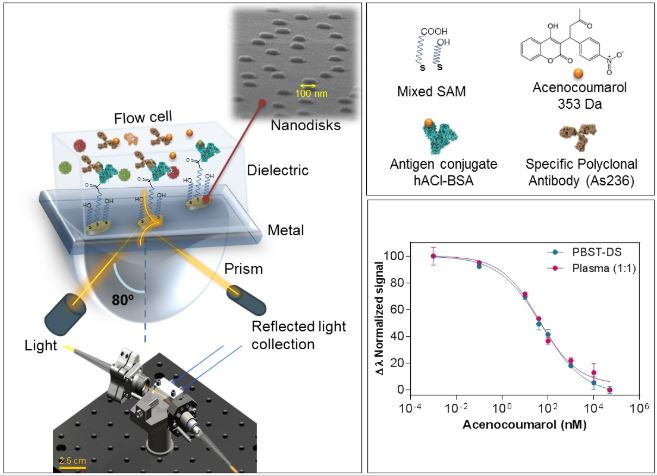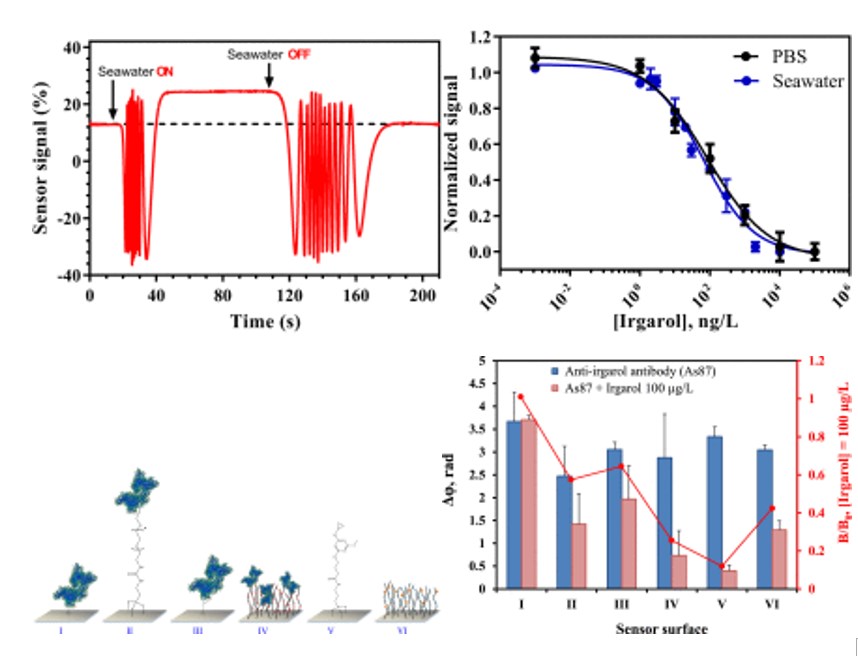Nanobiosensors for the monitoring of brain lesions
On March 11, the first meeting of the European project ABISens “Monitoring of Acquired Brain Injury and recovery biomarkers by the combined label-free nanoSensing of multiple circulating molecules” was held at the facilities of the Catalan Institute of Nanoscience and Nanotechnology ICN2.
This new initiative aims to offer a new platform for photonic nanobiosensors that allows the identification and quantification of multiple brain biomarkers in blood with high sensitivity and in a short time. The new platform will use nanophotonic circuits in combination with the chemistry of oligonucleotides.
Two units of NANBIOSIS participate in the project Unit 4 Biodeposition and Biodetection Unit, led by Laura Lechuga, as coordinator of the EURONANOMED-III project and recenttly incorporated unit 29 of Oligonucleotide Synthesis Platform lead by Ramón Eritja. The project, which will also work with researchers from the Maugeri Spa Società Benefit Clinical Institute (ICSM) of Italy and researchers from the University of Bordeaux (UNIBO) in France, responds to the clinical need to evaluate patients after brain injuries that cause disabilities serious. The final tool developed after the project will be validated in samples of 40 patients with brain injury.
The project, which will last for 3 years and has a budget of more than € 700,000, is financed by the call for transnational research projects in nanomedicine, within the framework of the European research network ERA-NET Cofund EURONANOMED III (2016- 2021) “European Innovative Research & Technological Development Projects in Nanomedicine (ENM III)”. At a national level, the Carlos III Health Institute will be the entity that will finance the coordinating group of CIBER-BBN
